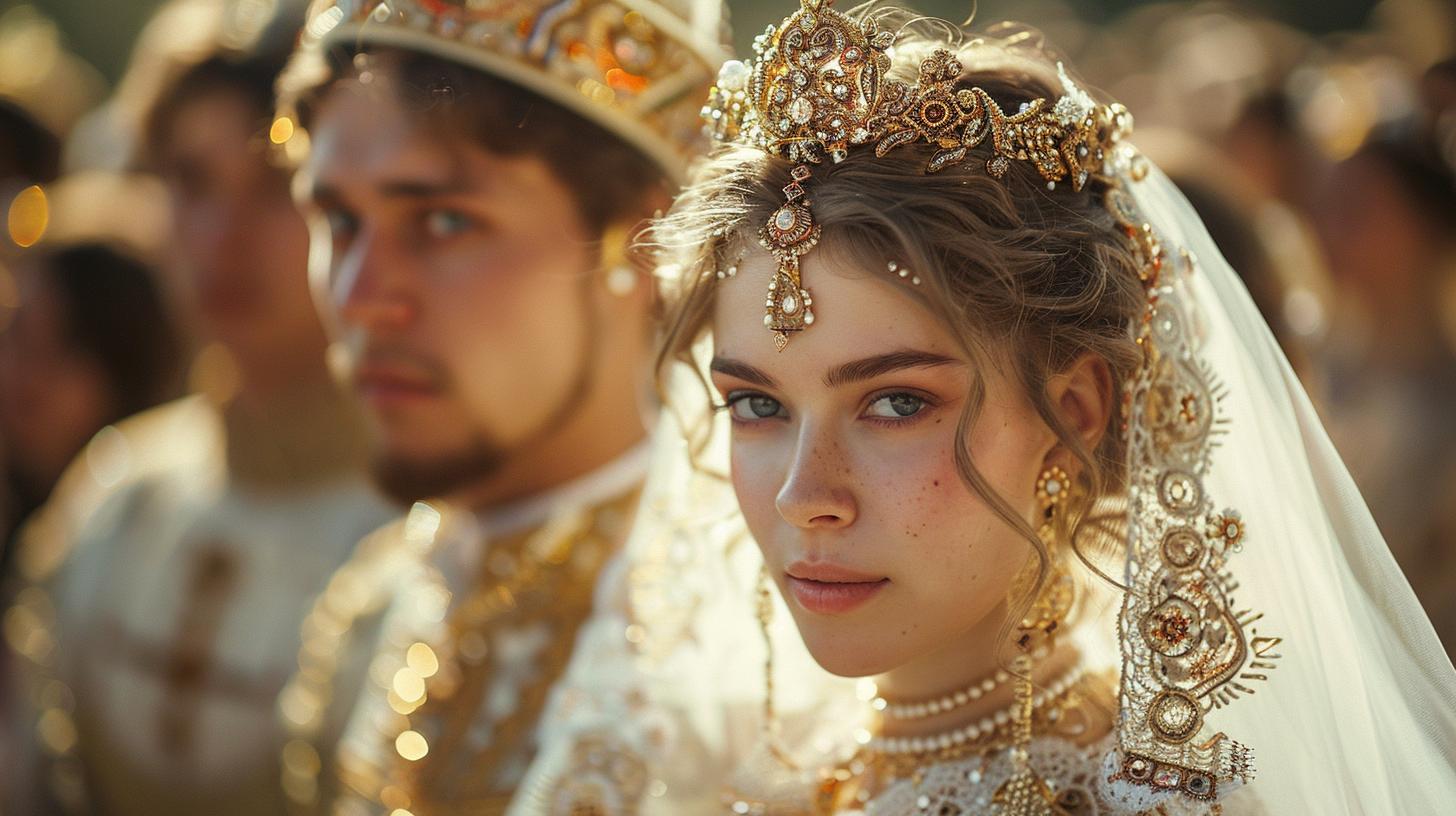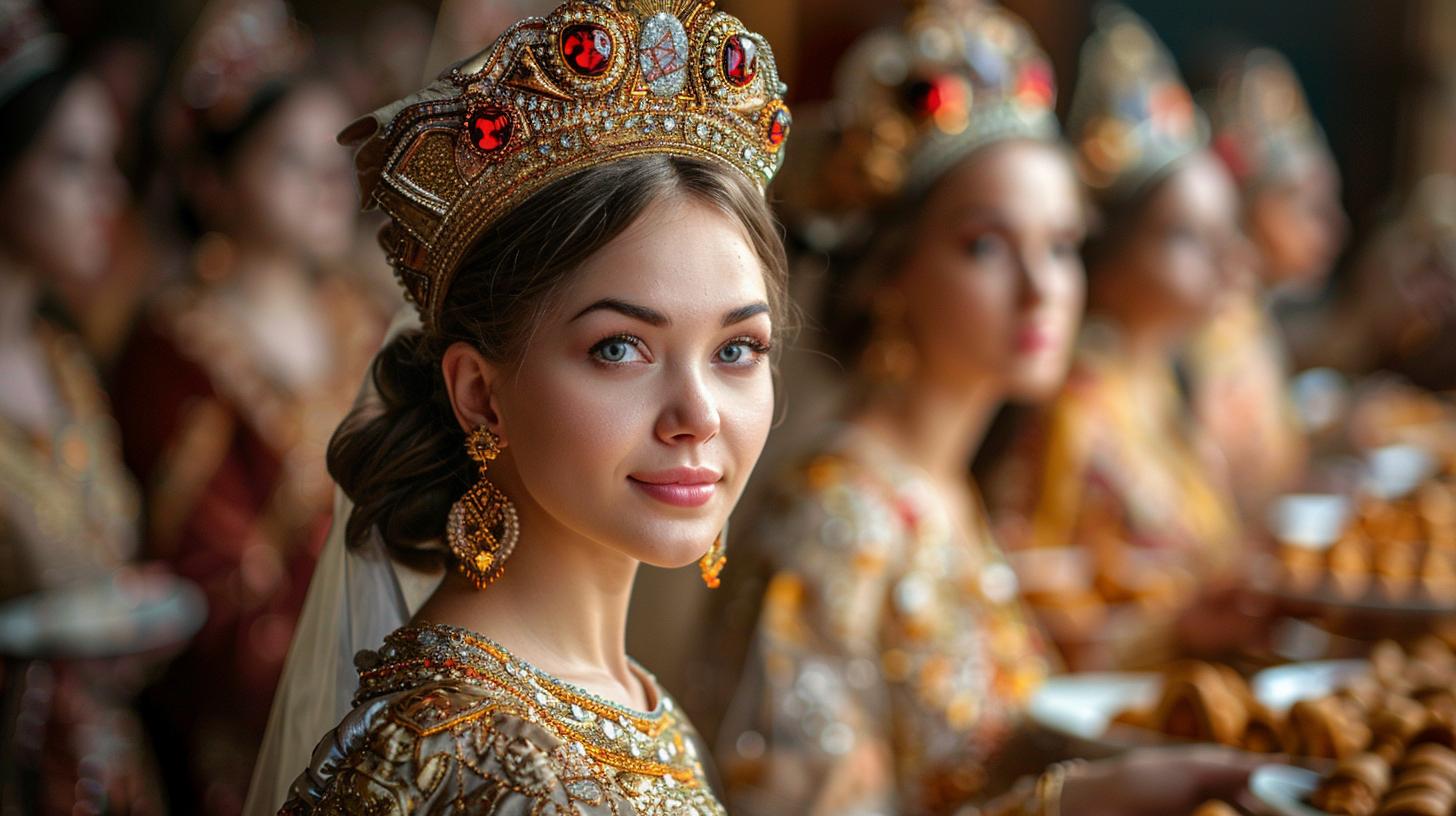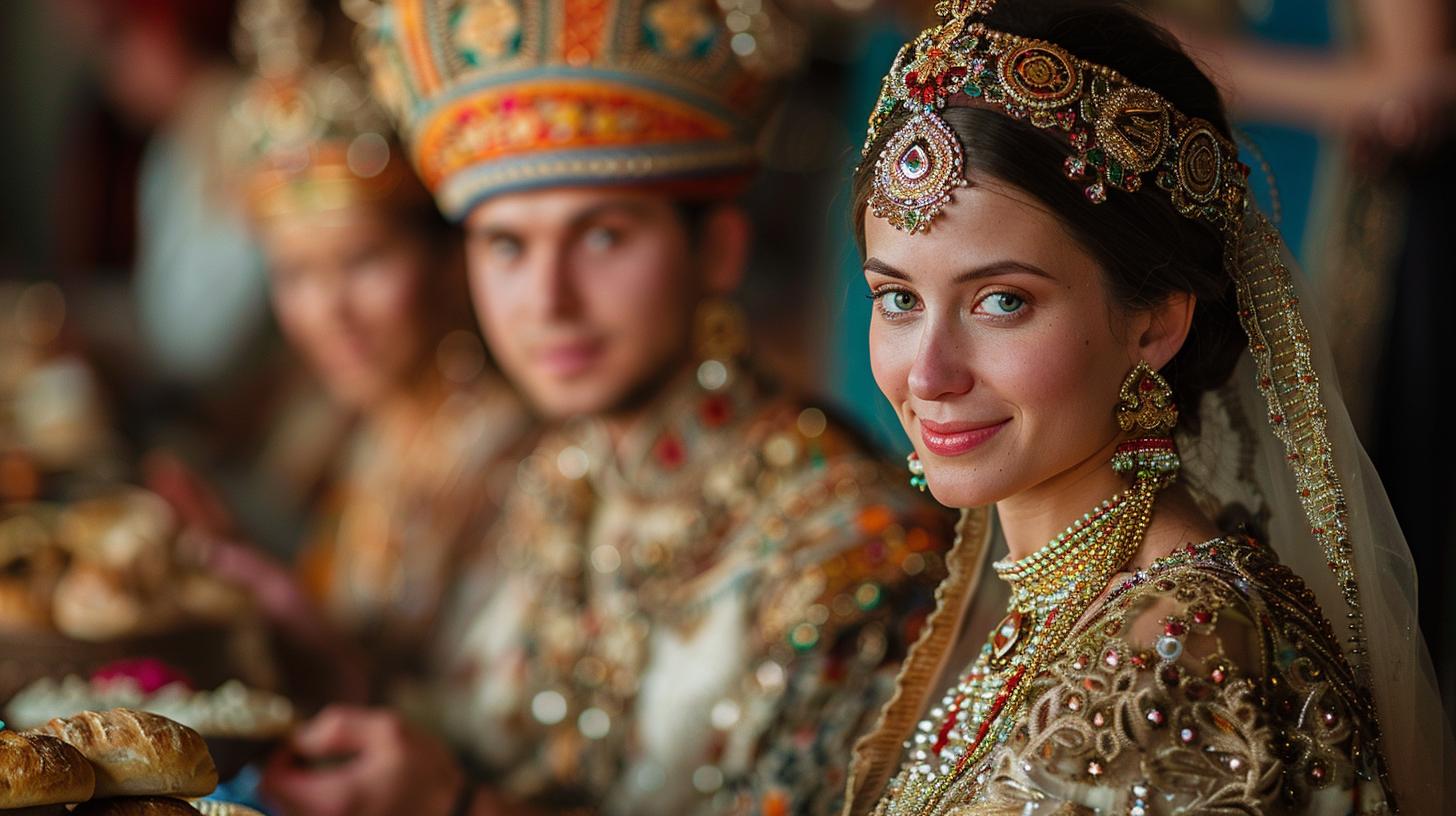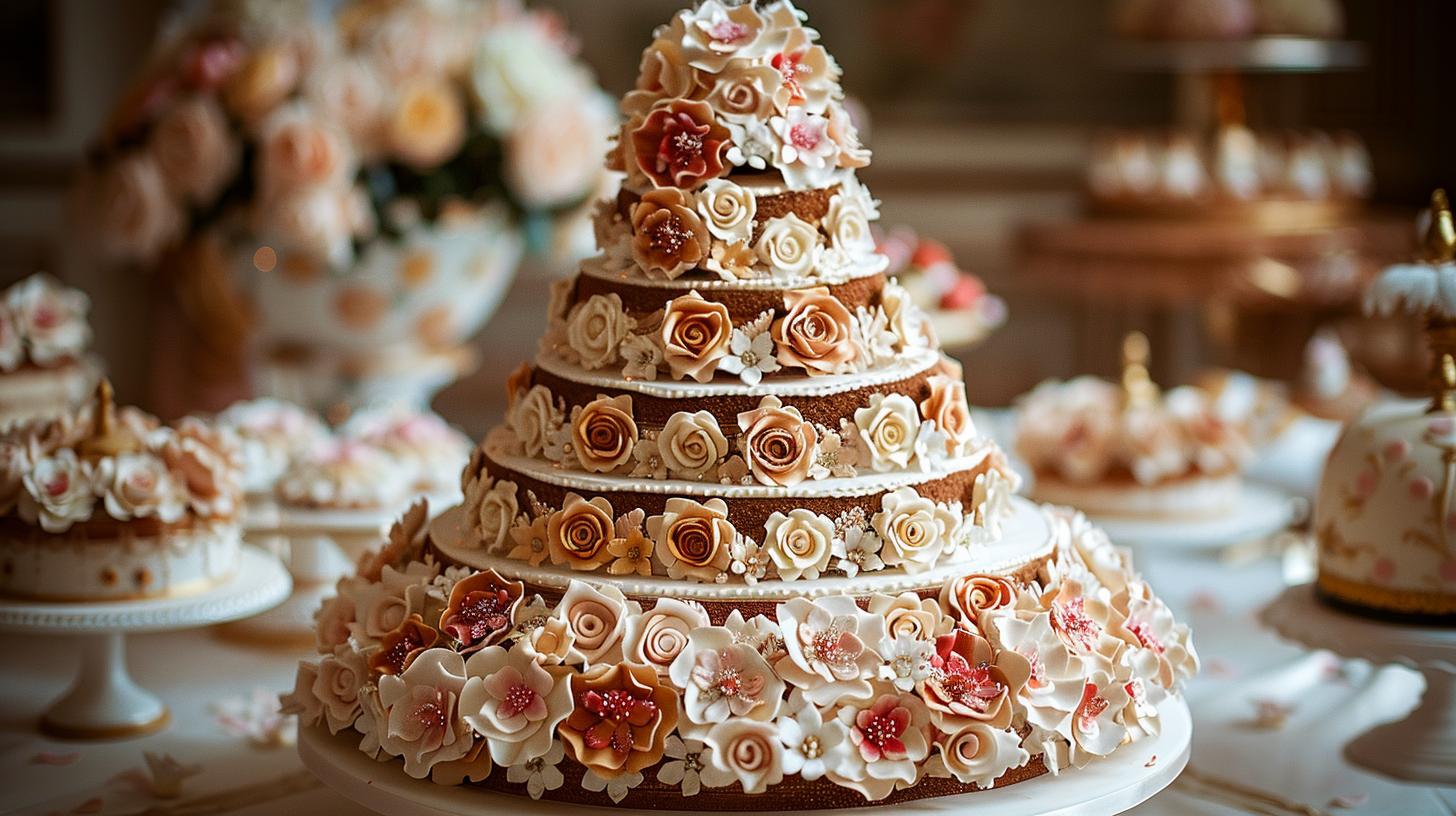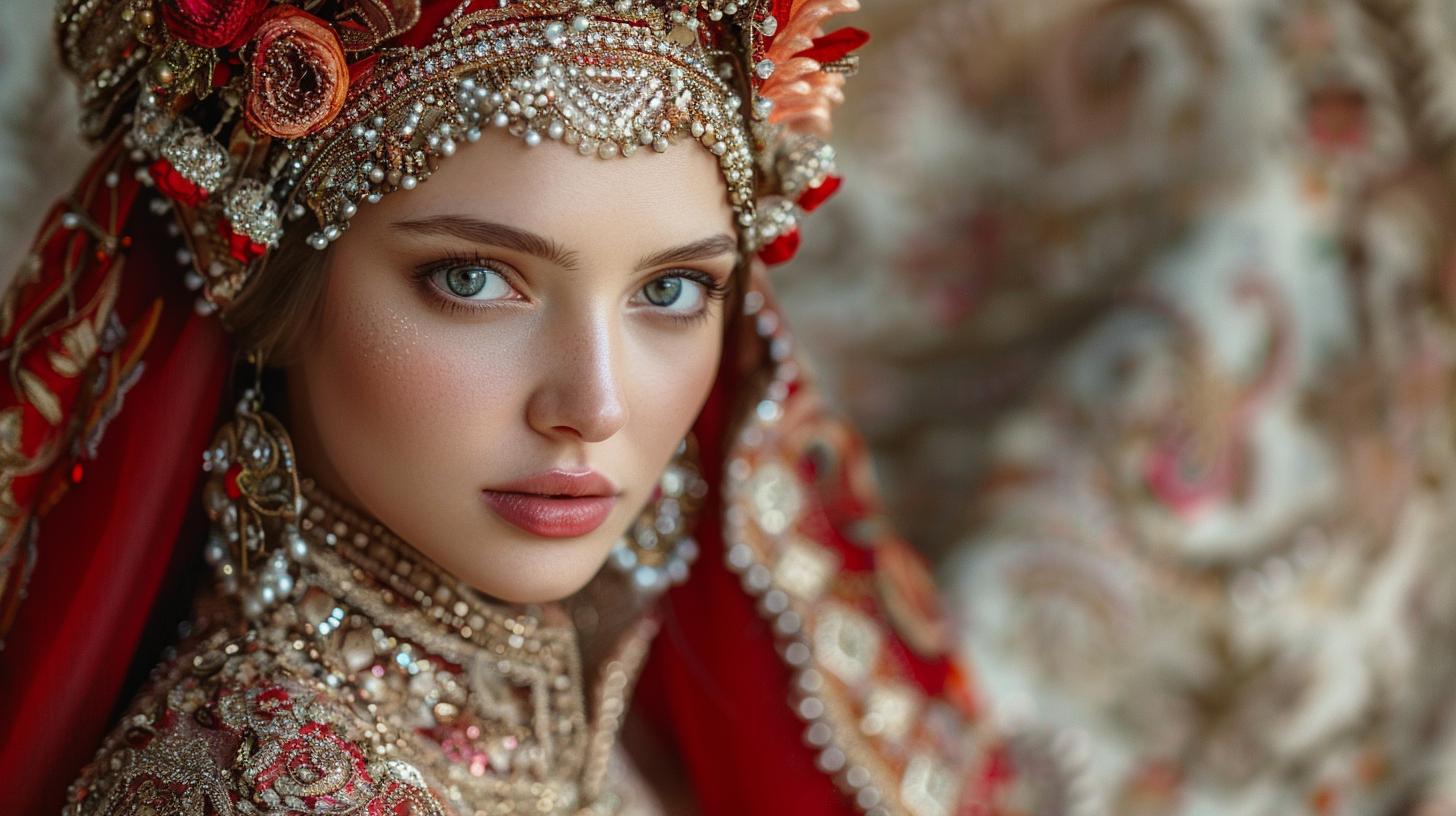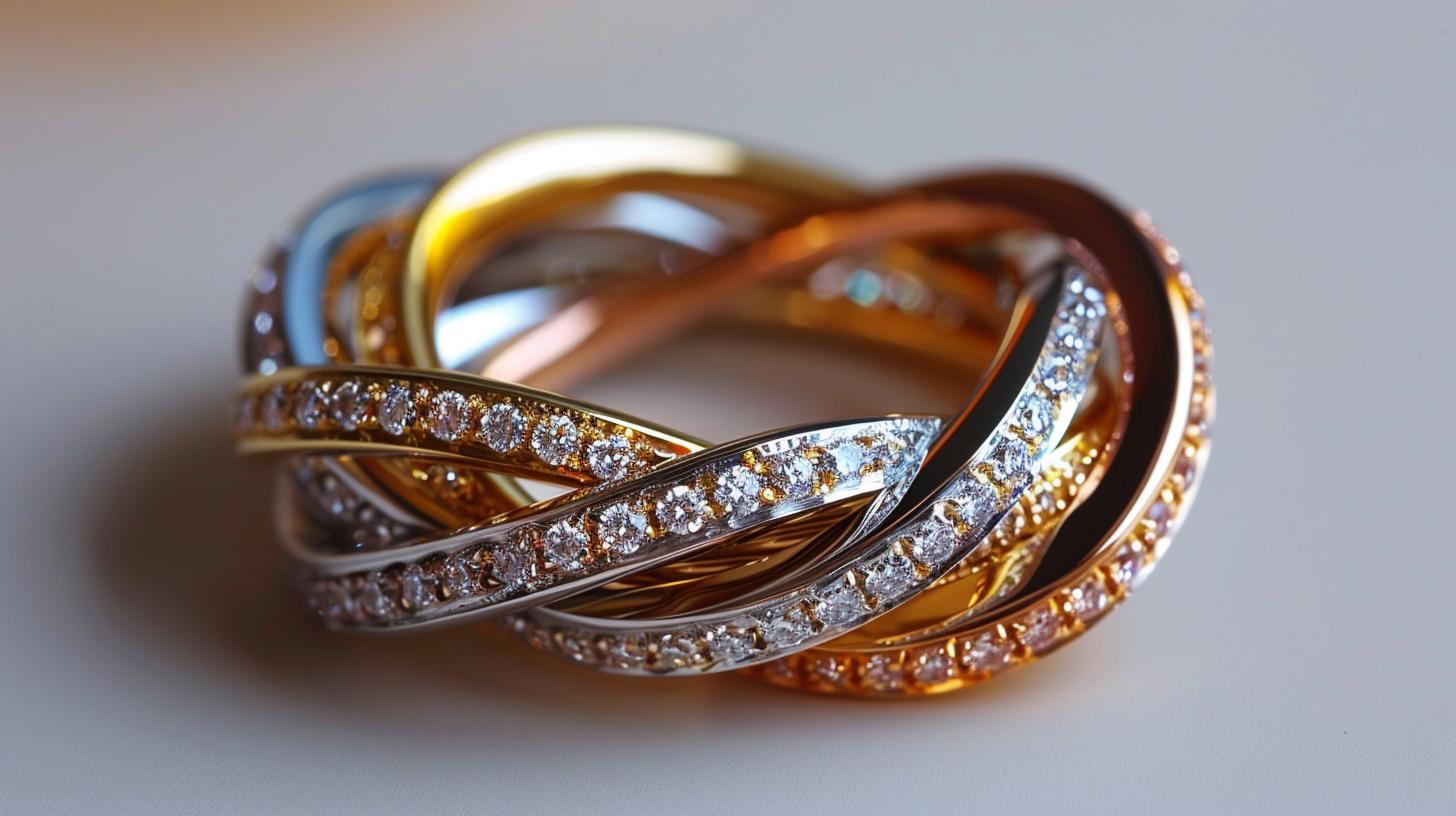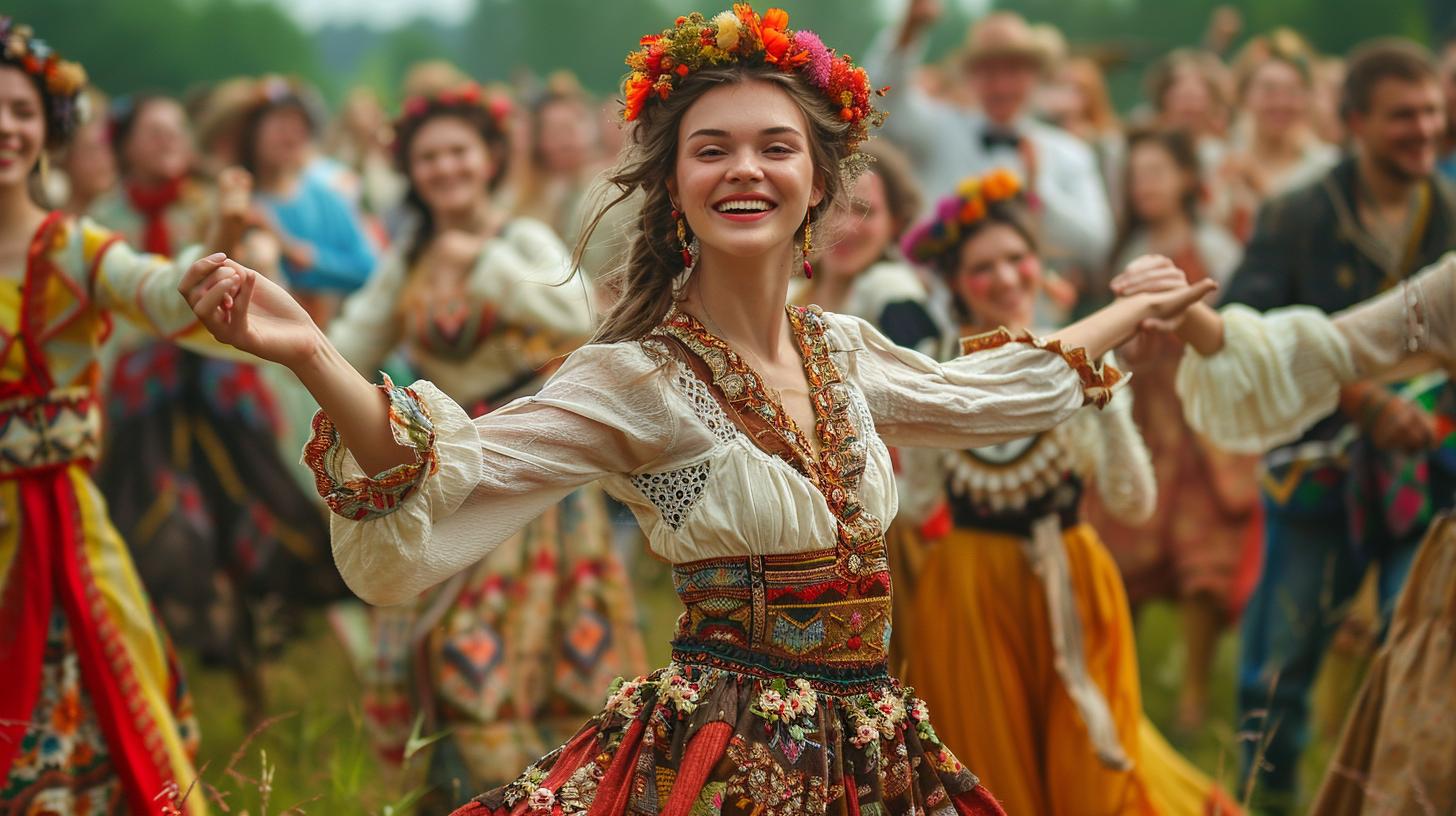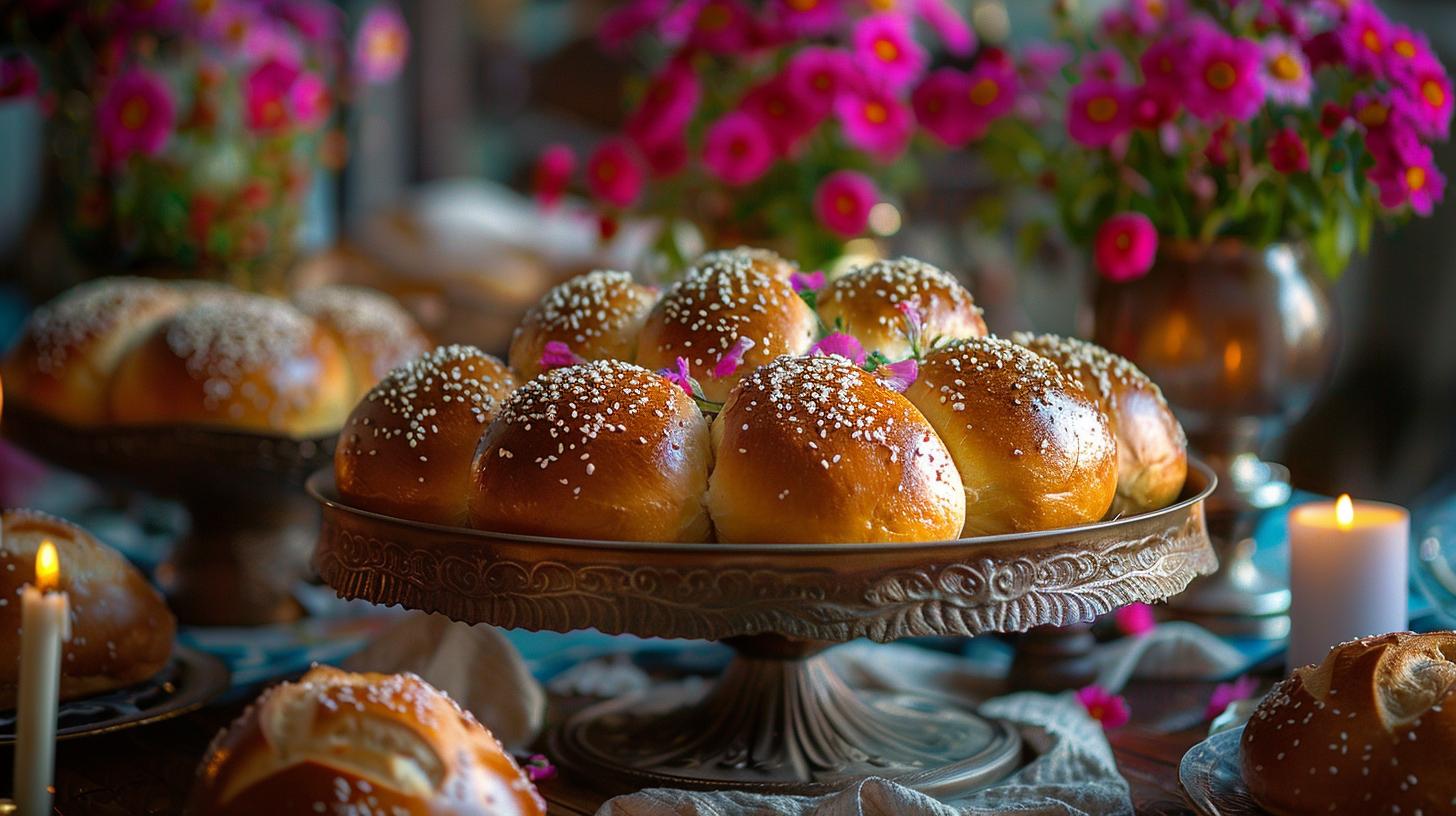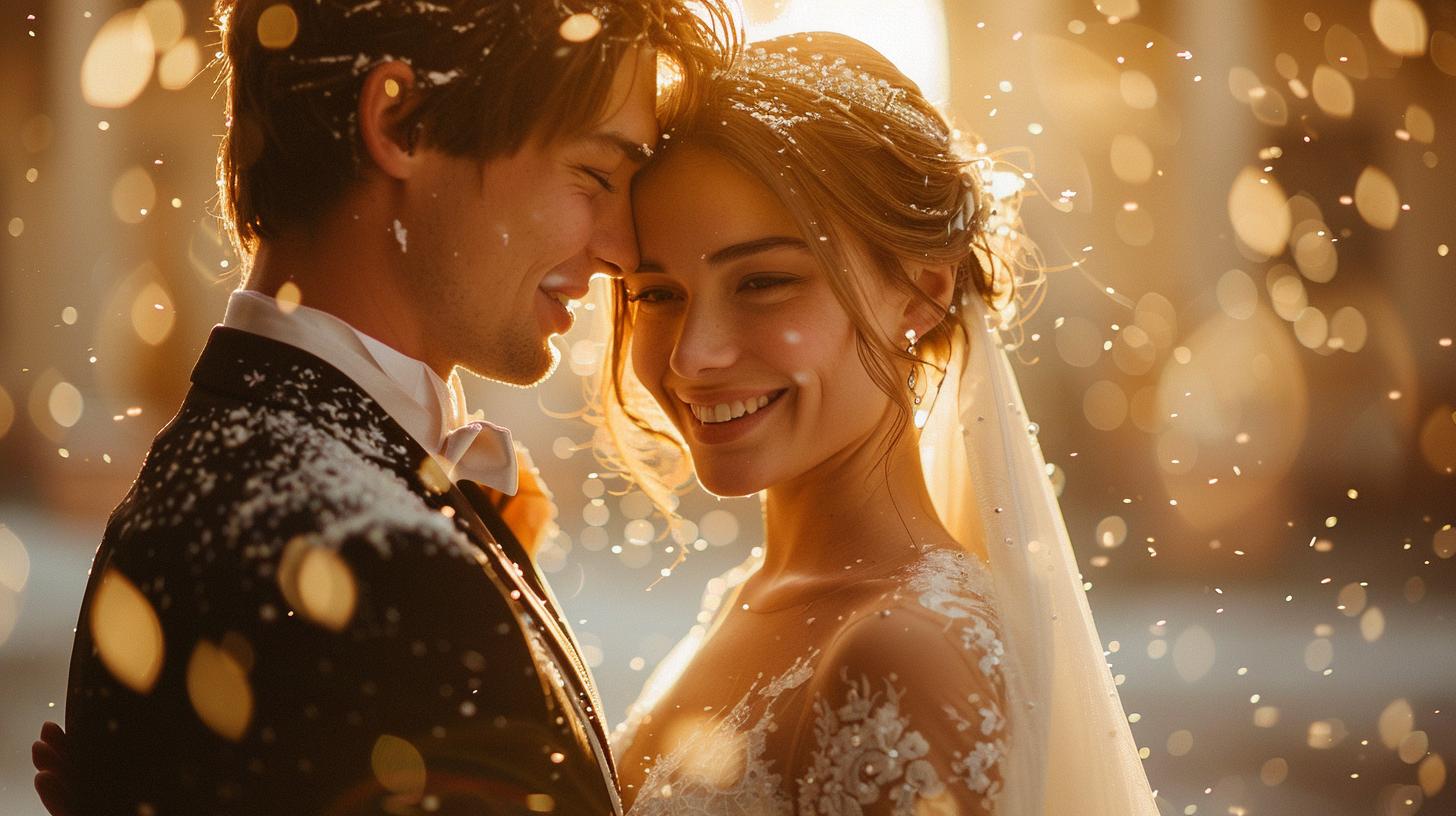What Are Russian Wedding Ceremony Traditions and Their Significance?
Russian wedding ceremony traditions are a blend of ancient customs and modern practices. These celebrations usually last several days and include various rituals, feasting, and lively entertainment.
Key aspects of Russian weddings involve playful elements, such as paying the ransom for the bride.
Religious ceremonies, civil ceremonies, and cultural customs shape the unique experience of a Russian wedding.
Traditional Wedding Rituals
Russian wedding traditions are rich in symbolism and joy, marked by playful and profound ceremonies that reflect the couple’s commitment to one another. These rituals often set the tone for the celebrations that follow.
Paying the Ransom
One of the most iconic rituals in Russian weddings is the ‘paying the ransom’ for the bride. This light-hearted custom involves a humorous exchange between the groom and the bride’s family.
When the groom arrives at the bride’s home, he often finds her hidden away. Her family playfully pretends to ‘kidnap’ her, requiring a ransom to be paid before the groom can claim her.
The ransom can take various forms, including:
- Money
- Jewelry
- Champagne
- Chocolates
This stage begins with the groom making an initial offering, but the playful interactions continue as the bride’s relatives may present a veiled woman dubbed as the bride, leading to humorous negotiations.
The whole process symbolizes the groom’s commitment and the joyful start of their union.
Religious Ceremony
Many couples choose to incorporate a traditional religious ceremony, primarily conducted within the Eastern Orthodox Church. This event typically contains two significant parts: the Betrothal and the Final Procession.
Betrothal
The Betrothal ritual takes place at the church entrance, blessed by the priest. The couple is presented with lit candles, a representation of their faith and dedication. The priest blesses their wedding rings before placing them on the couple’s right hands, signifying their unity and love.
Final Procession
Following the Betrothal, the ceremony proceeds with the Final Procession, wherein the couple is crowned. This ritual signifies their roles as the kings and queens of their household. The couple stands on a piece of new, rose-colored fabric, symbolizing the beginning of their journey together.
Traditionally, newlyweds would wear their crowns for eight days, though many modern couples remove them shortly after the ceremony.
The civil ceremony is a fundamental part of Russian wedding traditions, ensuring the legal recognition of the marriage.
It usually takes place at a government office called ZAGS and includes various customs that add to the celebratory atmosphere.
Civil Ceremony
Rospis’ v Zagse
The civil ceremony, known as Rospis’ v Zagse, is critical for couples wishing to formalize their union legally. This event is typically brief, lasting around 15 to 30 minutes, and involves the couple exchanging their vows and rings in the presence of a registrar.
After this formal exchange, the couple is announced as husband and wife.
Customs During the Civil Ceremony
While the civil ceremony is primarily a legal process, it is infused with several delightful customs that enrich the experience for the couple and their families.
Bread and Salt
Upon exiting the ZAGS office, it is common for family members to greet the couple with a traditional offering of bread and salt. This gesture symbolizes hospitality and wishes for a prosperous marriage filled with abundance.
Breaking Crystal Glasses
In some regions, a lighthearted tradition involves the couple’s parents presenting them with crystal glasses to break at the end of the civil ceremony. The number of shards created when the glasses break is believed to represent the years of happiness and togetherness the couple may enjoy in their marriage.
Releasing Doves and Balloons
As the civil ceremony concludes, it is customary for the newlyweds to release doves or balloons into the sky. This symbolic act signifies love, freedom, and the start of their journey together.
Tour of the City
As part of the wedding celebrations, newlyweds often embark on a joyful tour of the city. This tradition allows them to visit significant landmarks while capturing unforgettable moments with friends and family.
Popular Landmarks
During the city tour, couples typically choose to visit key historical sites that hold personal or cultural significance. These landmarks often include:
- Cathedrals and churches that reflect the couple’s religious beliefs.
- Parks where they may have shared memorable moments together.
- Iconic statues or monuments that represent local history.
Significance of the Doll
In many regions, a doll plays a special role in the wedding tour.
Decorated with symbols of good luck and prosperity, the doll is often tied to the wedding car or carried by the couple. This custom serves several purposes:
- It symbolizes hope for fertility and happiness in marriage.
- The doll is typically washed after the tour and kept as a cherished memento.
Photo Opportunities
The tour provides an excellent opportunity for photography, allowing the couple to document their special day.
Popular photo spots include:
- Landmarks that showcase the beauty of the city.
- Picturesque backdrops that highlight the couple’s journey.
- Group photos with family and friends, capturing the joyous atmosphere.
Wedding Reception
The wedding reception serves as a lively culmination of the Russian wedding festivities.
It is a time for family and friends to gather, celebrate, and honor the newlywed couple with food, drinks, music, and dance.
Toasts and Traditions
Toasts play a vital role in the reception, encapsulating the joy of the occasion and expressing best wishes for the couple’s future.
First Toast
The first toast is typically made in honor of the newlyweds, setting a celebratory tone for the evening. This moment often sparks heartfelt sentiments, celebrating love and unity.
Gorko! Tradition
Following the first toast, guests enthusiastically shout “Gorko!”, which translates to “bitter.” This prompts the couple to kiss, symbolizing the act of sweetening the bitterness of the wine. The length of their kiss can also represent the strength of their love and commitment, leading to amusing participation from the guests as they count out loud.
Role of the Tamada
The Tamada, or master of ceremonies, plays a crucial role in orchestrating events during the reception. This individual is responsible for keeping the atmosphere festive and ensuring that everyone is engaged in the celebrations.
The Tamada introduces various entertaining games and competitions that encourage participation among guests. This fosters camaraderie and creates lasting memories for everyone involved.
Fun and Games
Russian wedding receptions are known for their lively and playful atmosphere, where fun traditions add excitement to the celebration.
Bride-Napping
A light-hearted tradition involves the “bride-napping” game, where friends of the groom temporarily ‘kidnap’ the bride. This playful act requires the groom to pay a ransom to recover his bride, generating laughter and excitement among the attendees.
Money Voting Game
Another entertaining activity is the money voting game, where guests predict the gender of the couple’s future children by placing money on either pink or blue plates. This jovial contest engages everyone and allows guests to contribute to the festive spirit.
Final Rituals
As the reception draws to a close, a few traditional rituals take place, marking the conclusion of the festivities.
Salty Bread Loaf
In a final gesture, the couple participates in a ritual involving a salty bread loaf. The superstition holds that the person who takes the largest bite will assume the role of the head of the household, adding an amusing twist to the occasion.
Cleaning Up Money
Another playful tradition involves guests dropping money on the floor as they arrive. The bride is humorously tasked with cleaning it up, symbolizing her new role within the household and bringing a light-hearted end to the celebrations.
Attire and Preparations
The attire for a Russian wedding reflects cultural heritage and personal style. Both the bride and groom, along with their party, wear outfits that highlight tradition while allowing for individual expression.
From the grandeur of the bride’s dress to the groom’s suit, each detail contributes to the overall celebration.
Traditional Wedding Dress
The traditional wedding dress for a Russian bride is often elaborate, showcasing a blend of history and glamour. Typically, the dress is white, symbolizing purity and new beginnings, although colorful variations may also be chosen based on personal preference and regional customs.
- Many brides incorporate intricate embroidery, lace, or beading into their gowns.
- A veil is commonly worn, representing modesty and sometimes featuring a floral crown or tiara.
- Some brides choose to wear a second dress for the reception, allowing them to enjoy the festivities with more comfort.
Groom’s Attire
The groom’s attire also plays a significant role in the wedding’s overall aesthetic.
Traditionally, grooms wear a well-tailored suit, often in darker colors such as black or navy, which conveys sophistication and elegance.
- Accessories such as a tie or bow tie, cufflinks, and polished shoes complete the look.
- Some grooms may choose to wear traditional Russian attire, such as a kaftan, reflecting regional influences.
Bridal Party and Groomsmen
The bridal party and groomsmen also follow suit, coordinating their outfits with the overall wedding theme.
This unity enhances the visual appeal of the ceremony and celebration.
- Bridesmaids typically wear dresses that complement the bride’s gown, often in pastel or vibrant shades.
- The groomsmen’s suits usually match the groom’s, creating a cohesive look amongst the male participants.
- Flowers, scarves, or colored sashes may be used to add individualized touches that represent each member’s personality.
.

